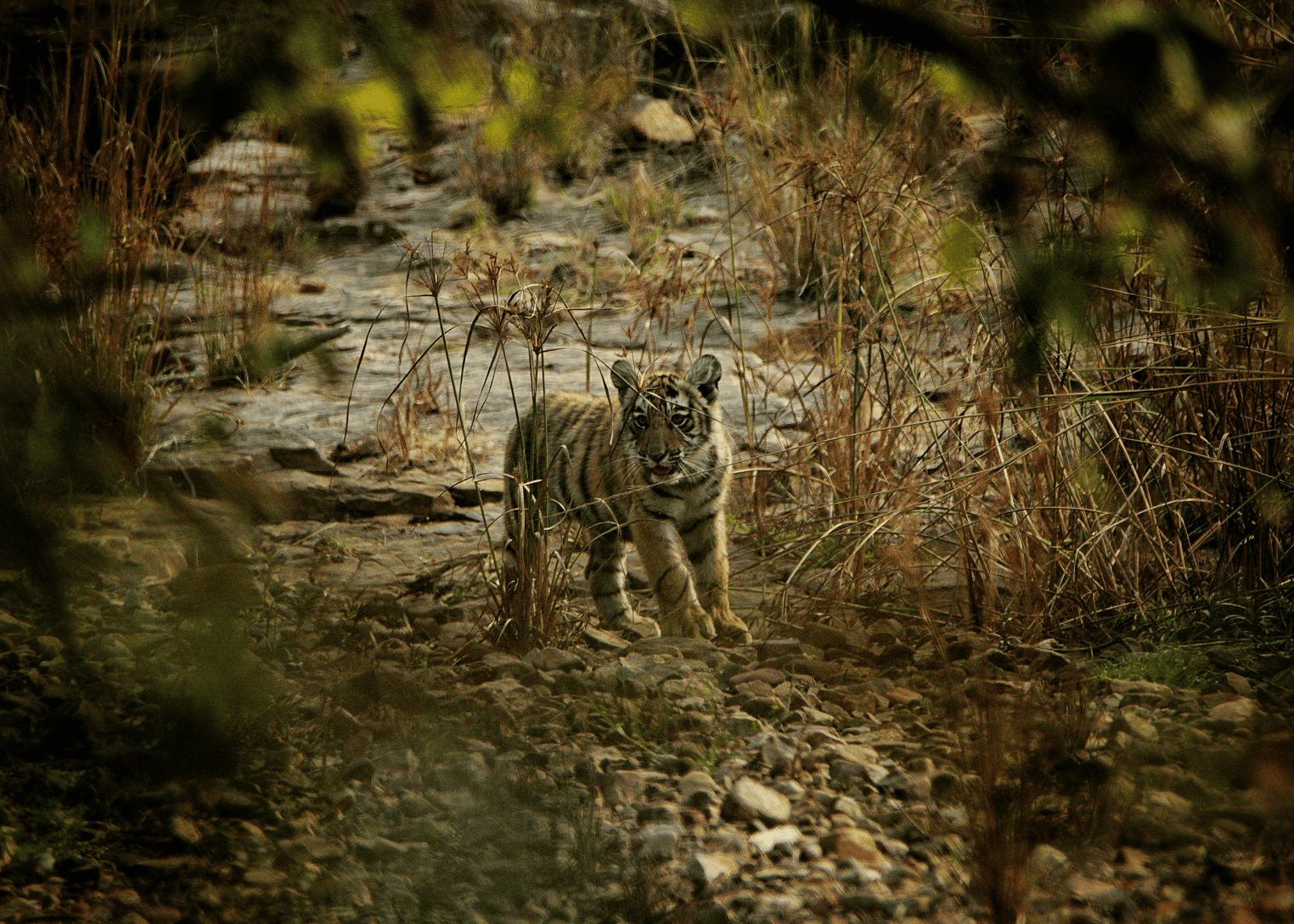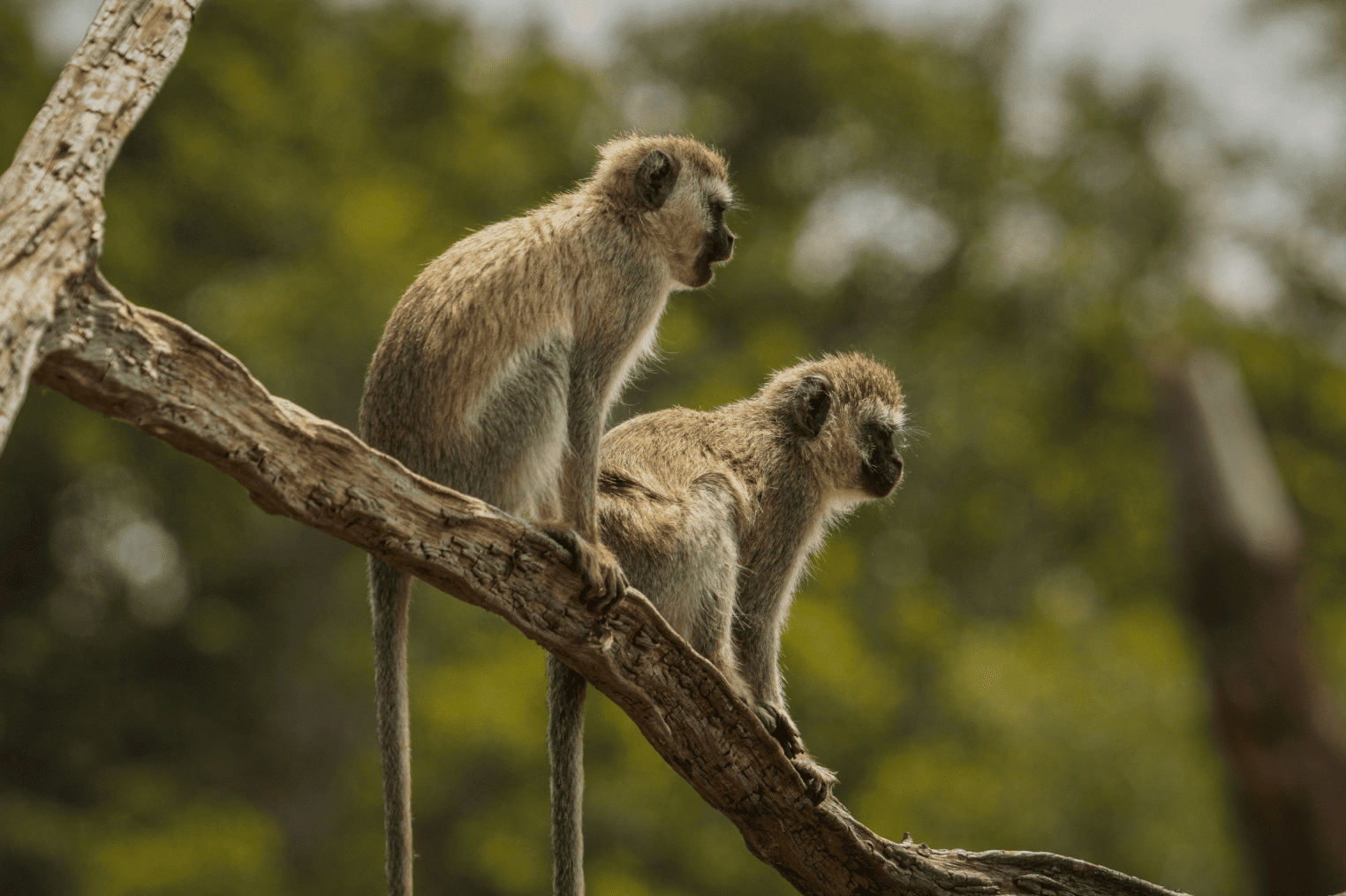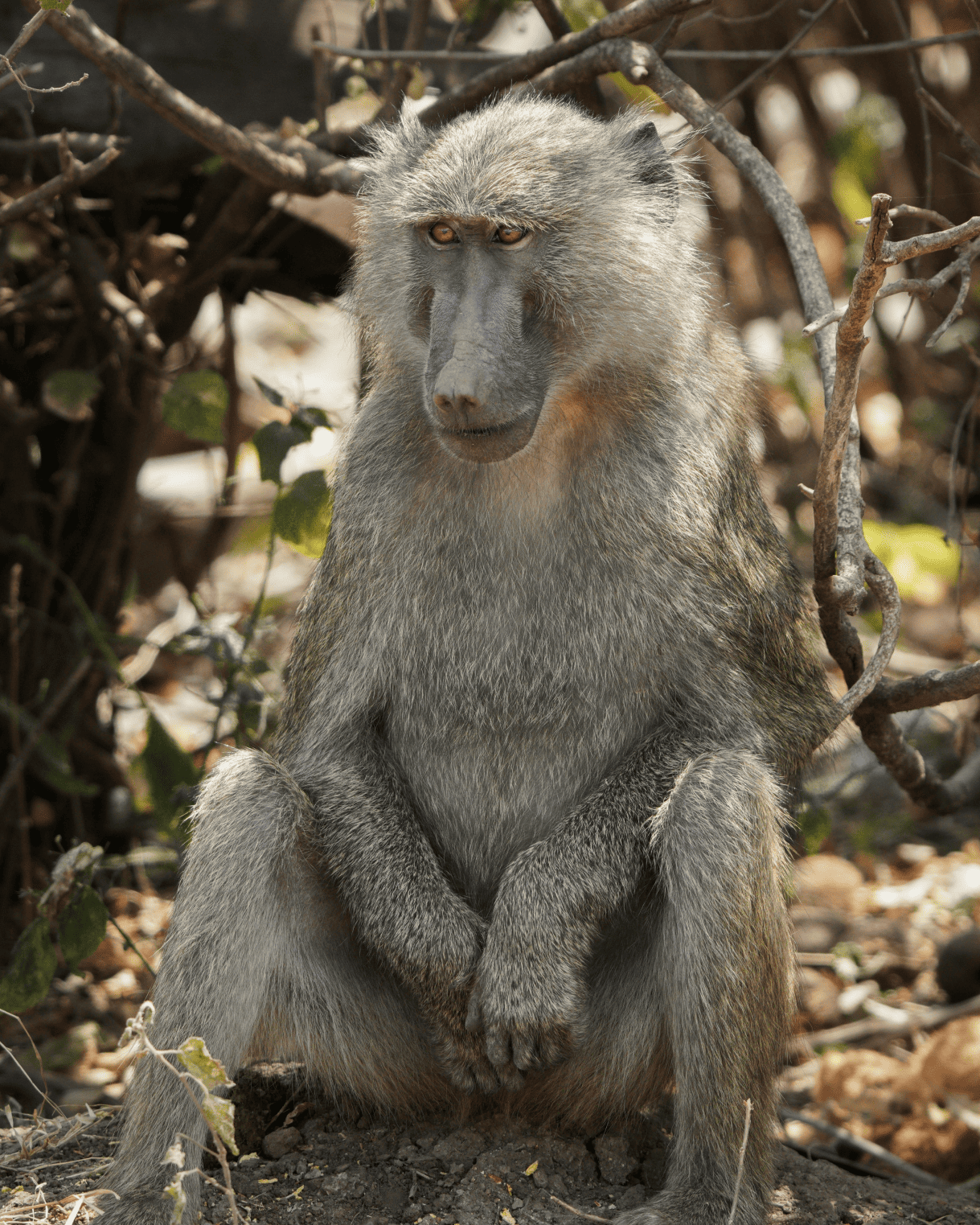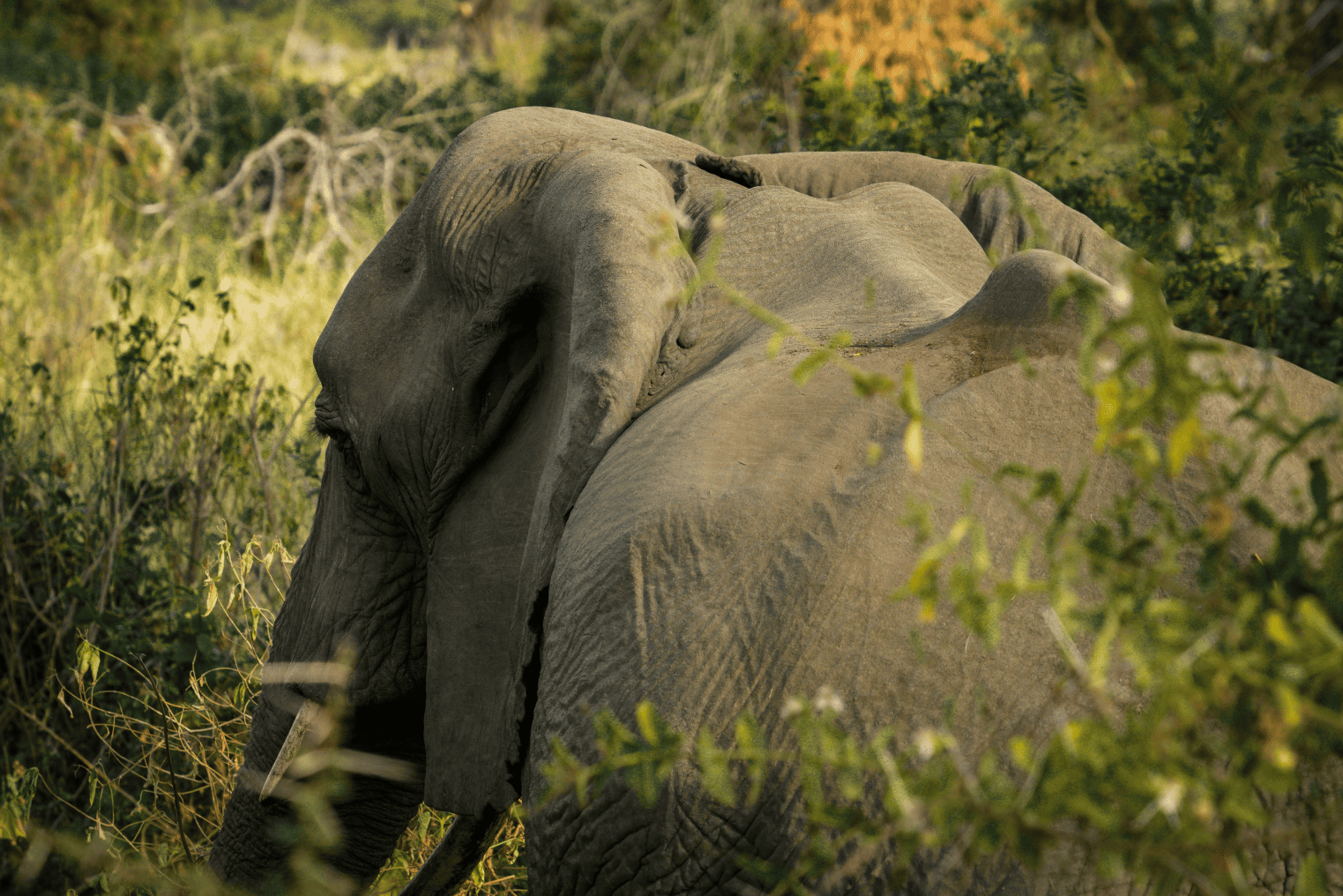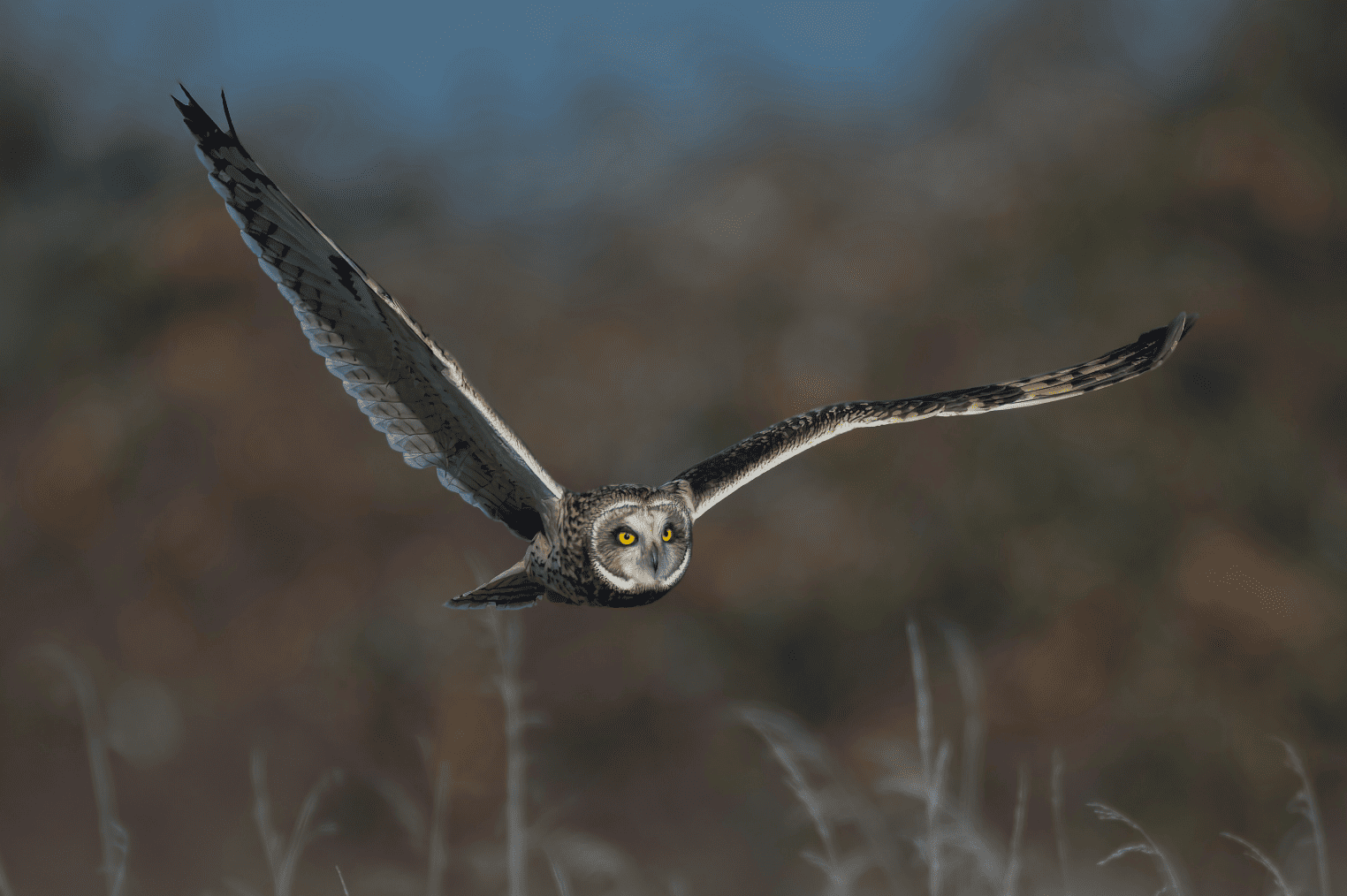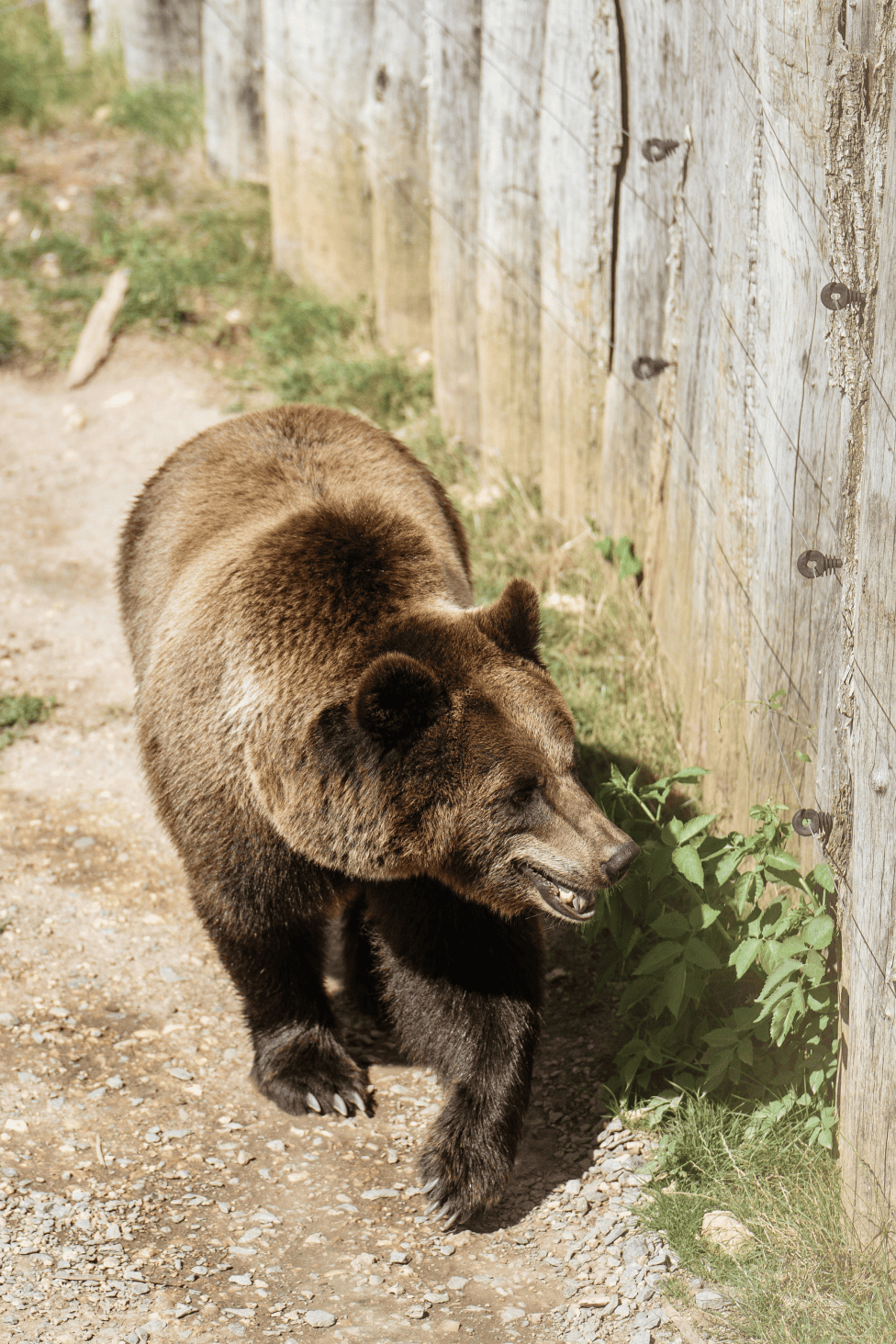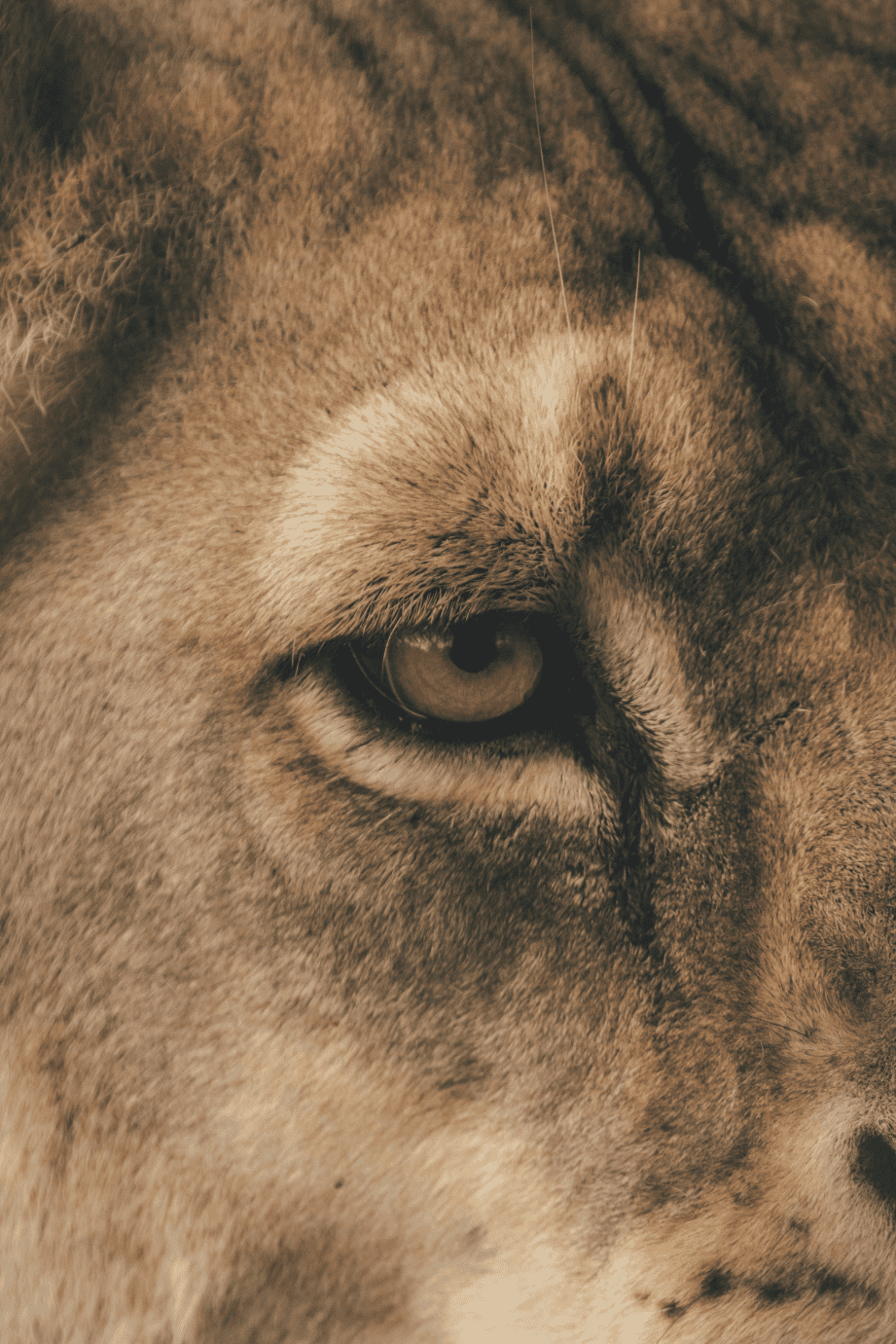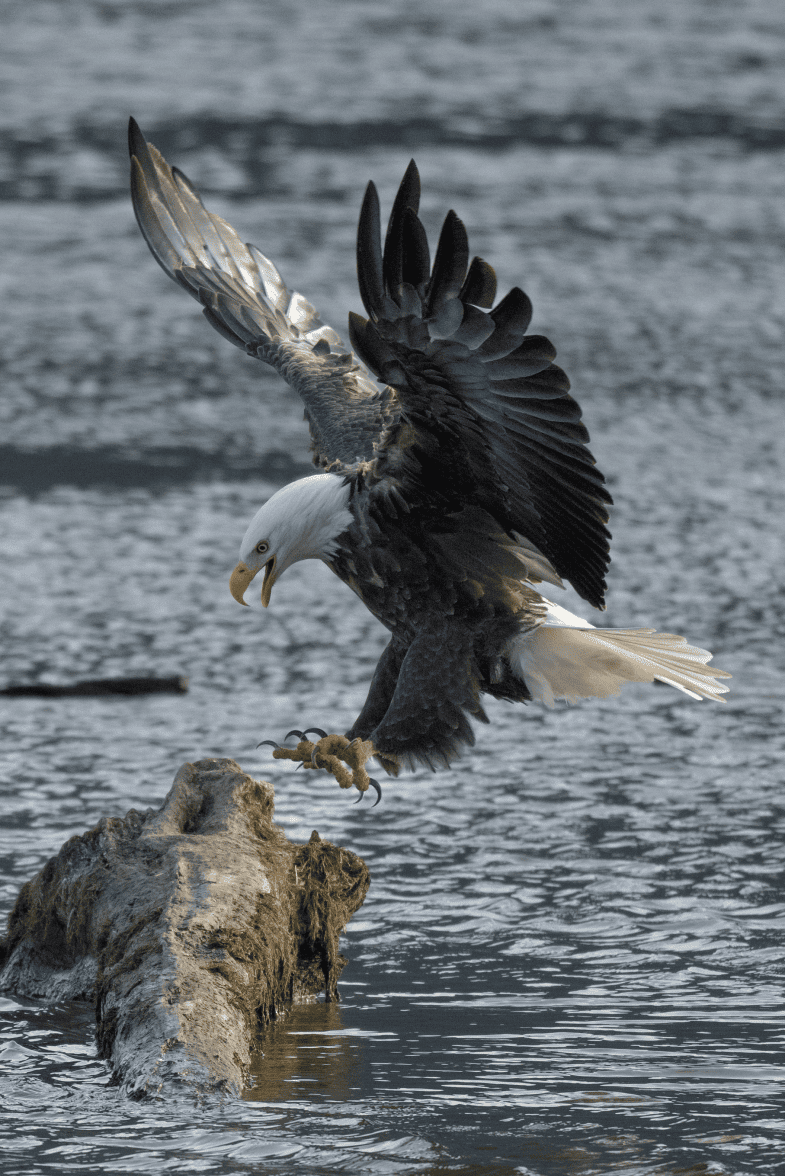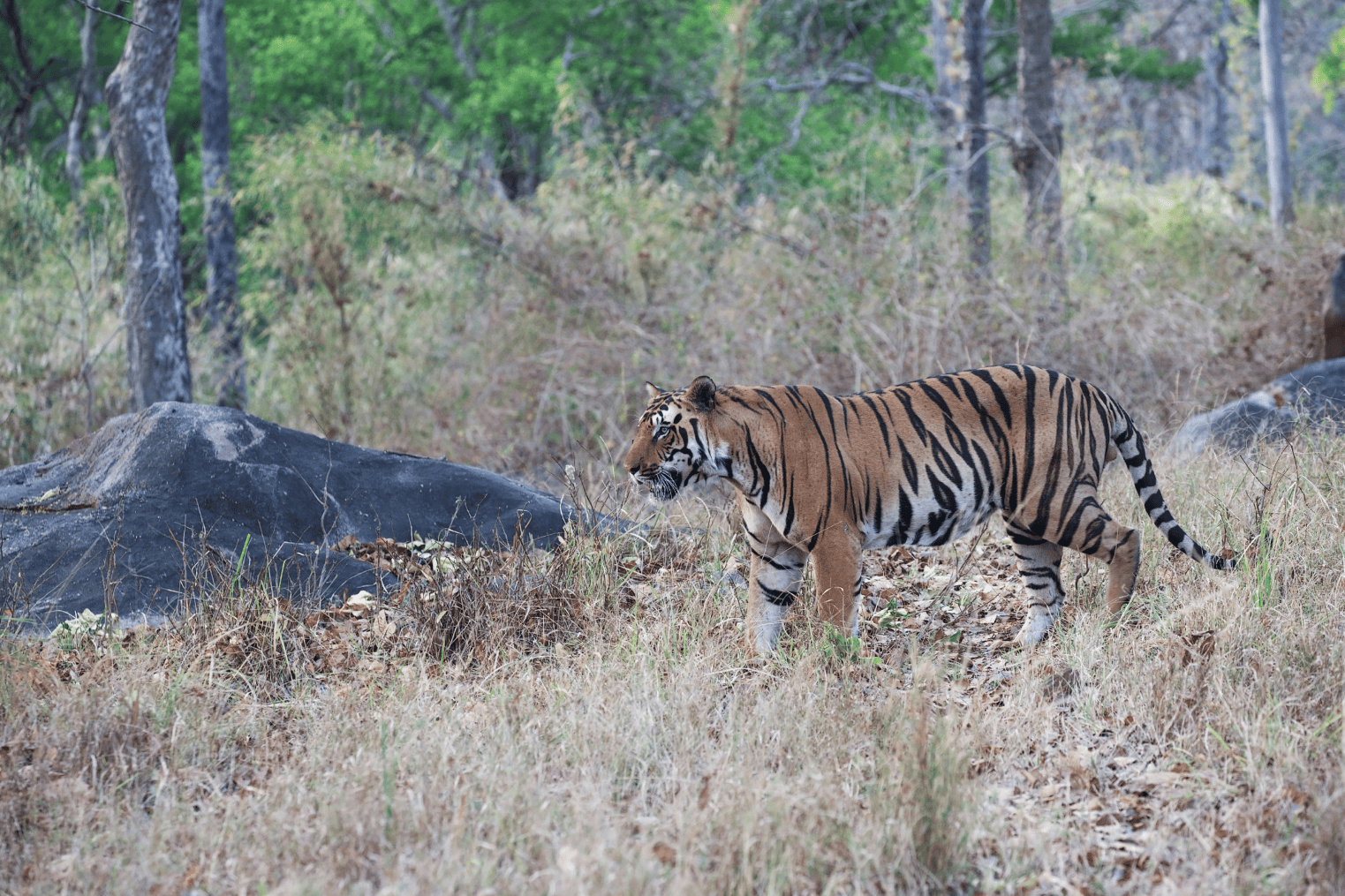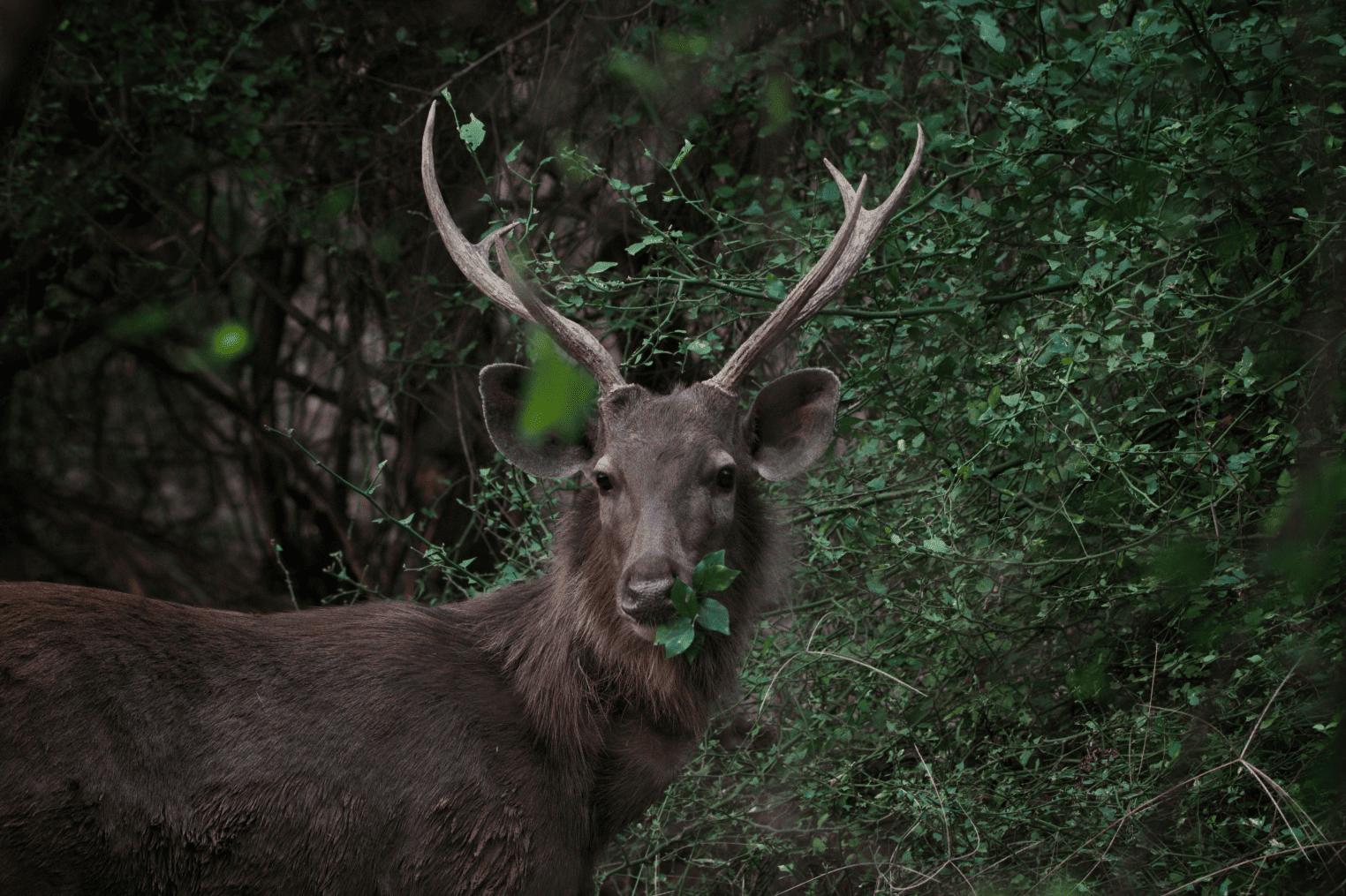
Animals
The Indian Sambar Deer: A Night in the Jungle Sanctuary
In the shadowy depths of a protected reserve forest, the Indian sambar deer moves with an air of quiet elegance. Known for its dark, russet-brown coat and large, velvet-textured antlers, the sambar is the largest deer species in Southeast Asia. These majestic animals are crepuscular, most active at dawn and dusk. In the sanctuary, they find not only safety from predators like tigers but also an abundance of foliage, shrubs, and water sources that sustain their herbivorous diet.














